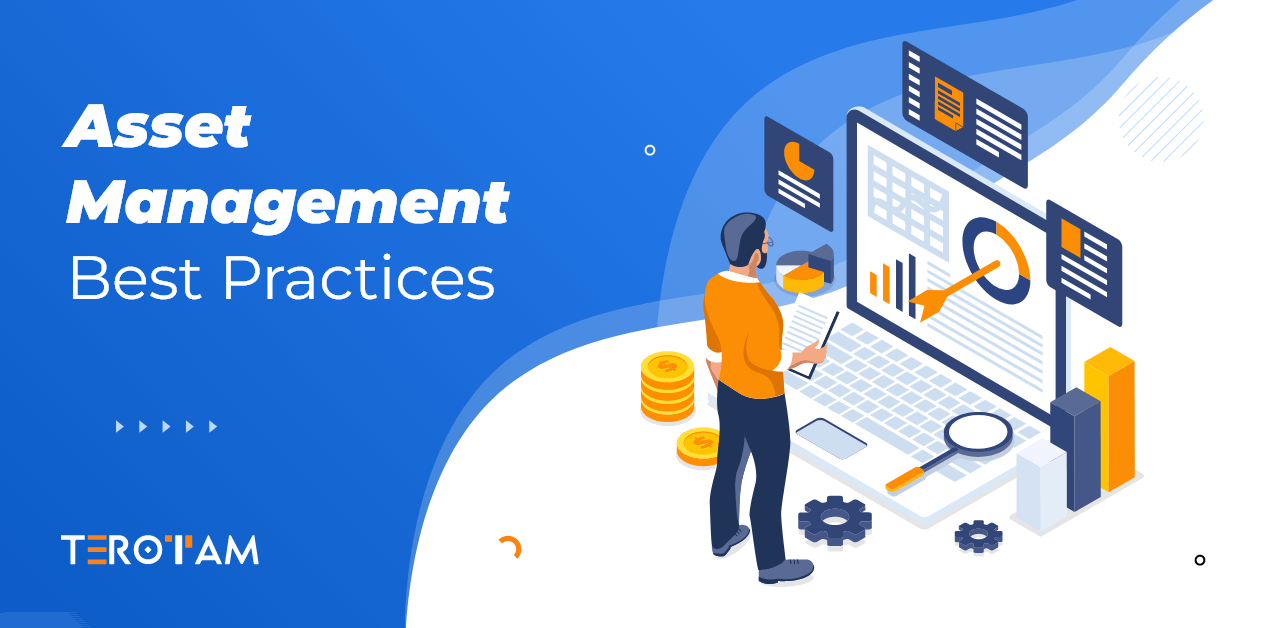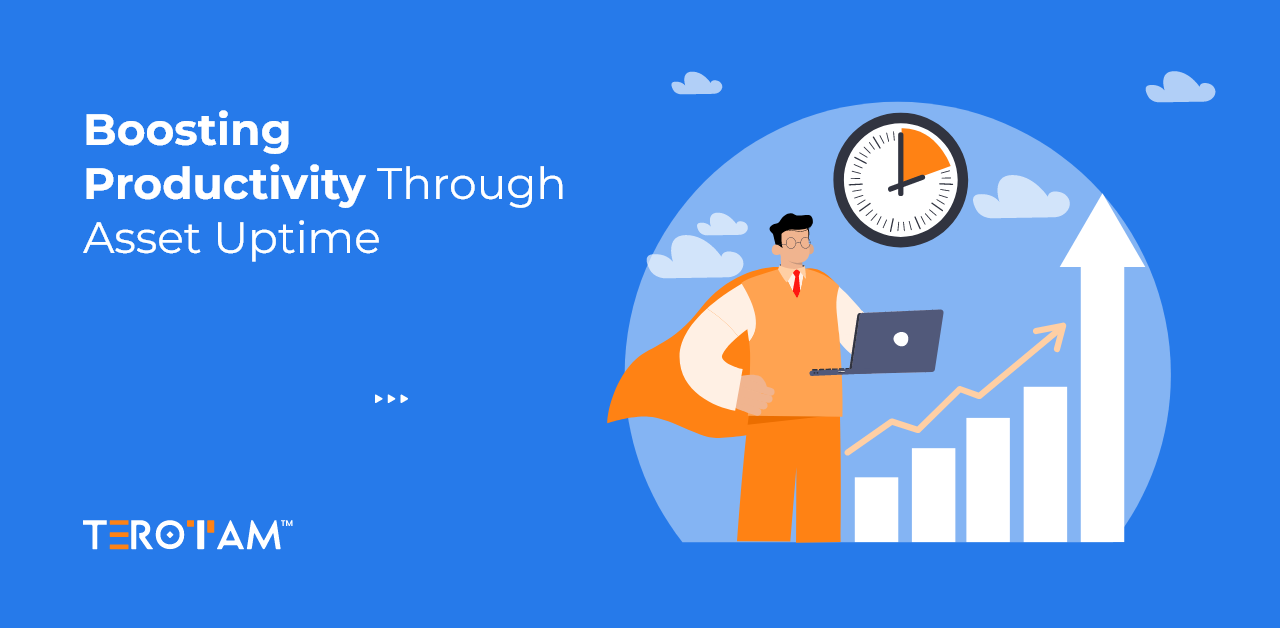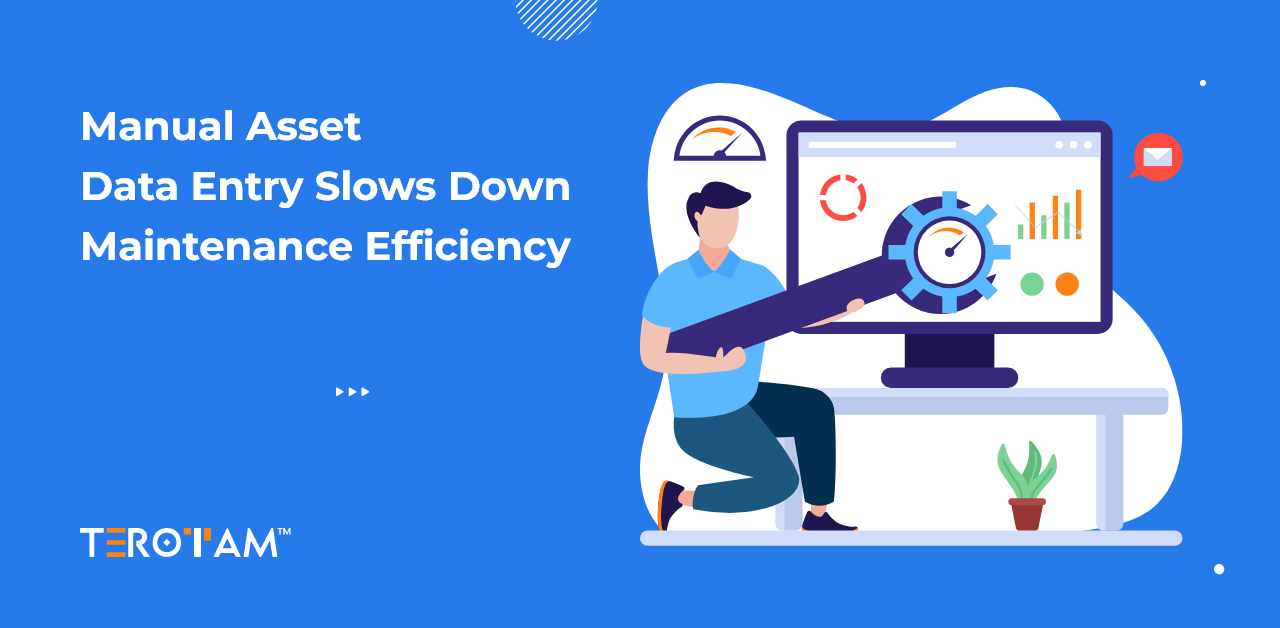No one will deny that an asset-driven business environment is at the core of every business, where efficiency and productivity are paramount. In such an asset-driven scenario, effective asset management has emerged as a critical component for success. With growing businesses and technological advancements, the need for strategic asset management becomes more pronounced.
This article will help you get a glimpse into the growing importance of asset management in modern-day business, the role of asset management software in streamlined asset handling, and outlines best practices for optimal asset management.
What is Asset Management?
Asset management involves strategically handling an organization’s assets throughout their lifecycle. The goal of this exhaustive process is to maximize efficiency and value across the phases of procurement, deployment, maintenance, and disposal. It includes a broad spectrum of assets, both material and immaterial, and frequently makes use of technology and standardized processes to maximize resource allocation and expedite operations. Highly effective asset management lowers costs, reduces risk, and enhances overall organizational performance.
Growing Importance of Asset Management in Modern-Day Business
Modern-day businesses face the challenge of managing a diverse range of assets, from physical equipment to digital resources. Effective asset management is essential for businesses looking at enhancing productivity, cut expenses, and lower risks. Adopting meticulous asset management strategies is crucial because as businesses expand, so does the difficulty of managing their assets.
Here are the reasons why Asset management is gaining importance day by day in businesses:
- Diverse Asset Portfolios
- Global Operations and Distributed Assets
- Technology Integration
- Cost Optimization and Budget Constraints
- Regulatory Compliance and Reporting
- Enhanced Customer Expectations
- Risk Mitigation
- Environmental Sustainability
10 Asset Management Best Practices
Discovering the path to effective asset management involves embracing proven strategies. These practices, when integrated into an organization’s operations, contribute to enhanced visibility, cost optimization, and informed decision-making throughout the asset lifecycle. As organizations strive for operational excellence, adopting these best practices becomes instrumental in achieving sustainable and efficient asset management.
1. Comprehensive Asset Inventory:
- Include detailed data such as purchase date, warranty information, and maintenance history.
- Utilize QR Codes or barcode or RFID systems for efficient tracking and management.
- Regularly update the inventory to reflect changes in asset status and location.
2. Asset Lifecycle Management:
- Develop a structured plan for each asset from acquisition to disposal.
- Determine optimal usage periods and schedule replacements based on depreciation and performance metrics.
- Integrate the plan with procurement to align acquisitions with organizational needs.
3. Regular Asset Audits and Inspections:
- Conduct regular physical audits to verify the accuracy of asset data.
- Perform routine inspections for wear and tear, addressing issues promptly.
- Use automated tools for systematic audits to streamline the process.
4. Enhanced Asset Utilization Tracking:
- Implement real-time tracking to identify underutilized assets.
- Analyze usage patterns to optimize deployment and ensure assets are utilized efficiently.
- Consider implementing a reservation system for shared resources to enhance utilization.
5. Planned Preventive Maintenance:
- Utilize IoT sensors and analytics to predict equipment failures before they occur.
- Implement a preventive maintenance schedule based on predictive insights.
- Use historical data to refine maintenance strategies and improve asset reliability.
6. Rigorous Risk Management:
- Conduct risk assessments regularly to identify potential threats to asset performance.
- Develop contingency plans for high-risk assets to minimize disruptions.
- Ensure compliance with industry regulations and standards to mitigate legal and financial risks.
7. Set Up Standardized Processes:
- Establish standardized procedures for asset acquisition, deployment, and decommissioning.
- Train employees on standardized processes to ensure consistency across departments.
- Regularly review and update processes to adapt to evolving organizational needs.
8. Empower Employee Training:
- Provide comprehensive training on asset management software and tools.
- Educate employees on the importance of accurate data input and adherence to processes.
- Foster a culture of accountability for effective asset management.
9. Deliberate Data Security and Compliance:
- Implement encryption protocols to secure sensitive asset information.
- Regularly update security measures to address emerging threats.
- Conduct regular compliance audits to ensure adherence to data protection regulations.
10. Powerful Performance Metrics and Reporting:
- Define KPIs such as asset utilization rates, maintenance costs, and downtime.
- Generate regular reports to track KPIs and identify areas for improvement.
- Use data analytics to derive actionable insights for optimizing asset management strategies.
Common Asset Management Mistakes to Avoid
Navigating the complexities of asset management demands a keen awareness of potential pitfalls. Common mistakes that organizations often make have a hard impact on overall asset management cost, and productivity. Addressing these pitfalls is crucial for organizations aiming to optimize their asset management processes, reduce risks, and enhance overall operational efficiency.
Inadequate Change Management:
Failing to communicate changes effectively can result in resistance, data inaccuracies, and reduced overall efficiency in asset management processes.
Ignoring Human Factors:
Overlooking the human element, including training and user engagement, may lead to decreased system adoption, errors in data input, and suboptimal utilization of asset management tools.
Lack of Mobile Accessibility:
Not providing mobile access to asset management tools hinders real-time updates, delays responses to asset issues, and decreases overall accessibility.
Neglecting Regular System Updates:
Postponing updates to asset management software creates security vulnerabilities, decreases system performance, and may result in compatibility issues.
Inadequate Documentation:
Failing to document changes and maintenance activities can result in difficulty tracking asset history, increased risk of compliance issues, and audit challenges.
Over-reliance on Reactive Maintenance:
Depending solely on reactive maintenance rather than implementing proactive strategies can result in increased downtime, higher maintenance costs, and a shortened asset lifespan.
Role of Asset Management Software in Streamlined Asset Handling
After all of our discussions, it is clear that assets demand more than spreadsheets and manual tracking. The disguised savior that turns chaos into refined efficiency is asset management software in such a scenario.
According to a study by Statista, the global enterprise asset management market is expected to reach $8.84 billion by 2025, reflecting the increasing adoption of asset management solutions.
Organizations using asset management software report an average of 20% reduction in maintenance costs and a 15% increase in overall equipment efficiency, as per a survey by Aberdeen Group.
Let’s take a look at some points that point out the effective role of asset management software in efficient asset management in the organization.
- Asset management software often features user-friendly interfaces, making it accessible to a broader range of employees, not just those in IT or technical roles.
- It ensures consistency and efficiency across the organization by establishing and enforcing standardized asset management processes.
- Asset management software provides instant, real-time visibility into asset status, location, and performance.
- Beyond tracking assets, the software serves as a strategic decision support tool, aiding in resource planning, budgeting, and long-term asset management strategies.
- Leverage data analytics within the software to predict maintenance needs, reducing downtime and extending asset lifespan.
- It helps mitigate compliance risks by utilizing features within the software that ensure adherence to industry regulations and standards.
- Facilitate on-the-go asset management with mobile accessibility, empowering teams with instant information and updates.
Conclusion
Effective asset management is now essential for long-term business success as companies confront the complexities of a changing market. Optimizing operations, cutting costs, and maximizing asset value all depend on adopting best practices in asset management, utilizing technology, and avoiding common pitfalls.
Through ensured implementation of a proactive and strategic asset management approach, organizations can set themselves up for success in the contemporary business environment.
Want to know more about asset management best practice and how a systematic asset management software can make it even more smooth for you? – connect with our experts now or write us at contact@terotam.com








